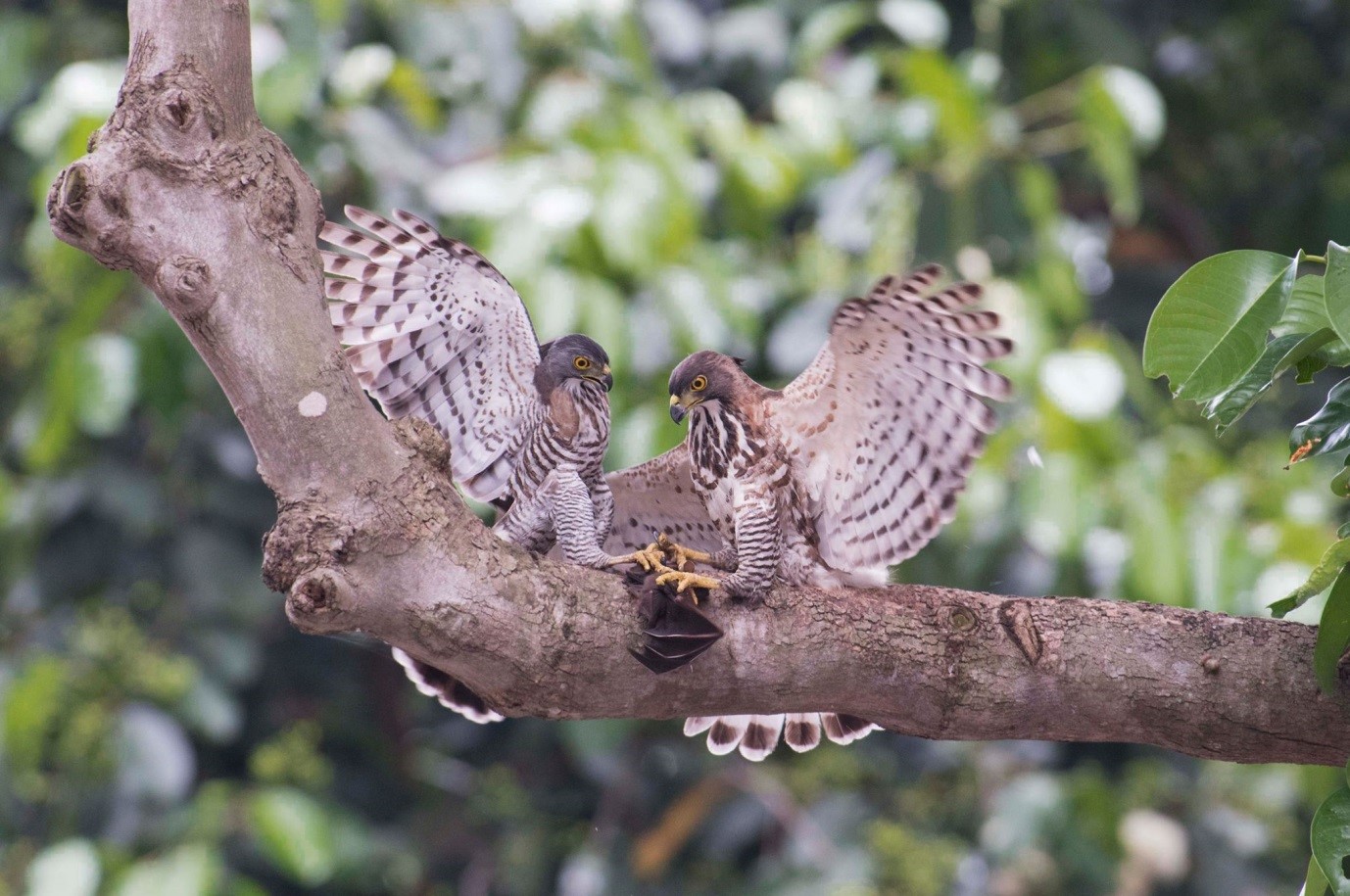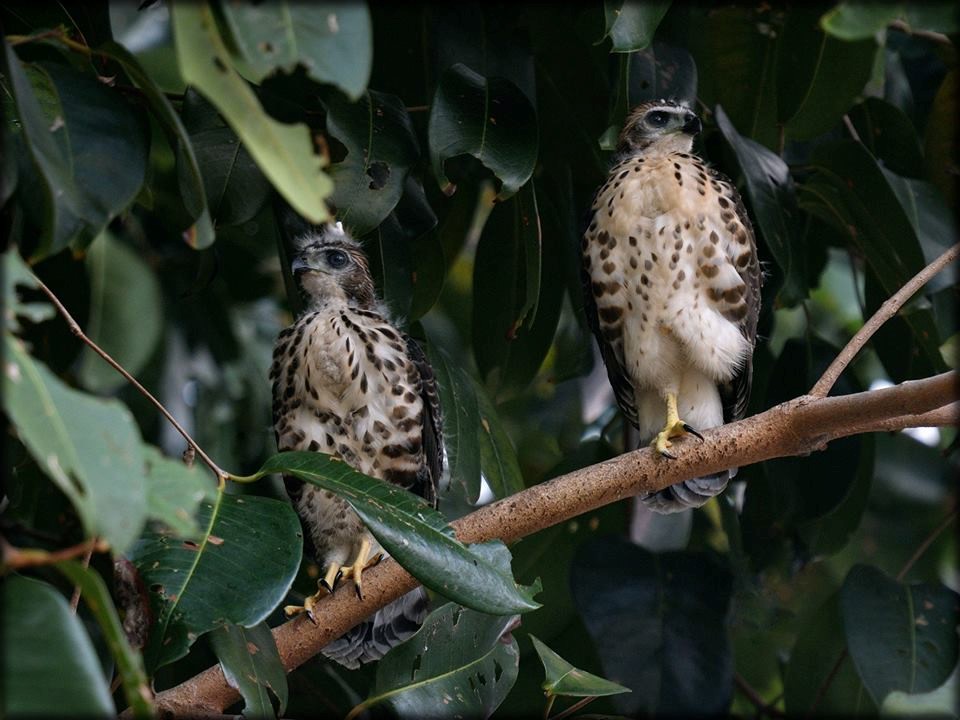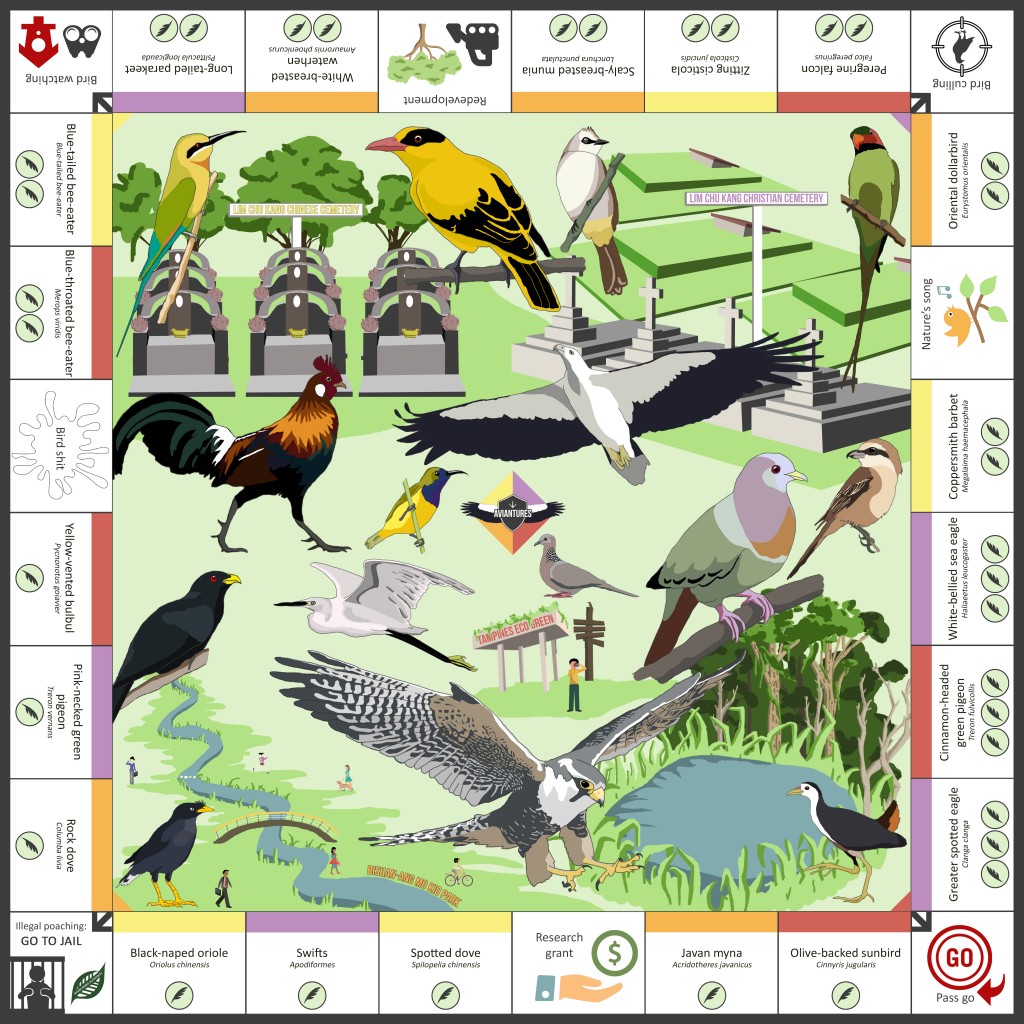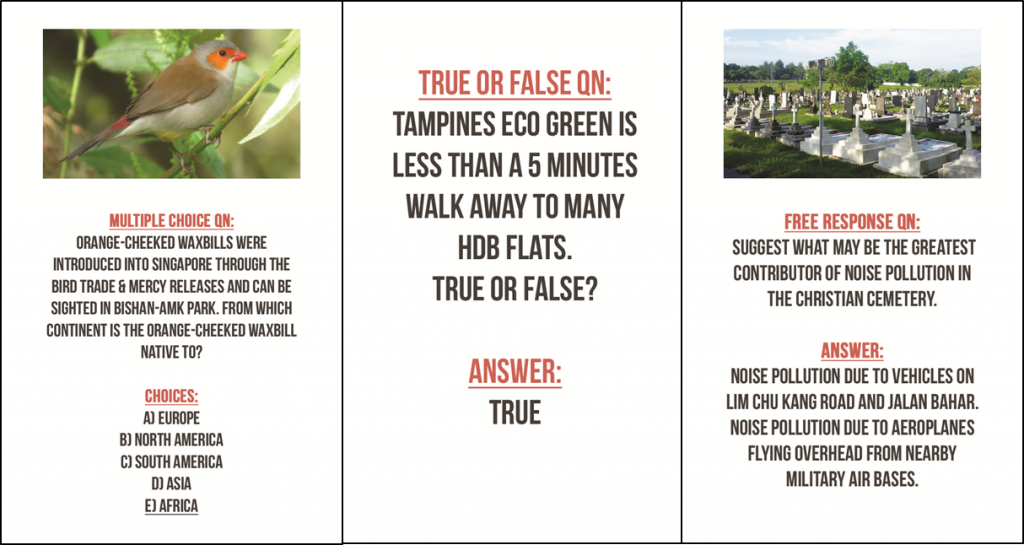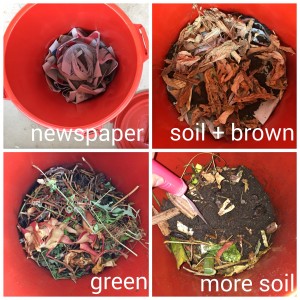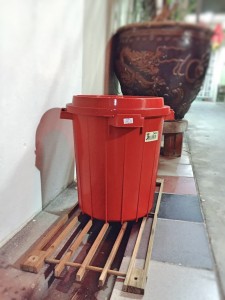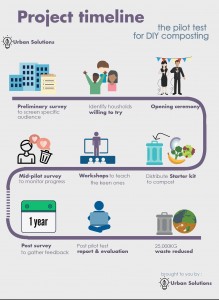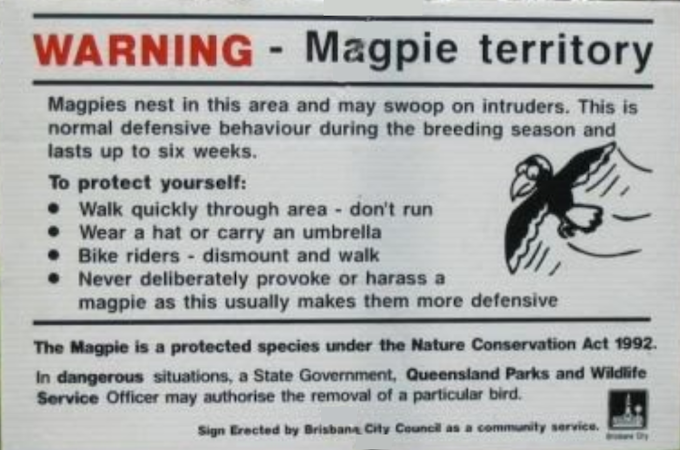With approximately 40% of urban ecology literature focused on birds, it is of no doubt birds hold a prominent place in urban ecology. As an urban city, Singapore houses many urban birds. As a child, the local urban bird that had the largest impression on me was the house crow (Corvus splendens). In my childlike eyes, they were large and frightening. In an attempt to curb the exploding population of the invasive house crow, the Singapore government has used culling since 1973 (Brook et al., 2003). I actually witnessed one such culling event in my estate. I remember the loud gunshot sounds and being told by my mother that they were shooting the crows.
As a young adult now, I realise that I do not notice the house crow as often as before. Instead, everywhere I look on the streets is the ubiquitous myna. However, it may not be widely known among locals that Singapore actually has two species of myna, the common myna (Acridotheres tristis) and the Javan myna (A. javanicus). As a Bachelor of Environmental Studies student, I am embarrassed to say that I only learned this fact a few months ago. Earlier, I had the misconception that Singapore had only one species of myna, which was introduced. Yet, this is not true. The Javan myna was introduced to Singapore around 1924, while the common myna is native to Singapore (Yap, 2003).
In fact, the myna we often observe all around us is the Javan myna. In the 31st Annual Bird Census conducted last year by the Bird Group of the Nature Society (Singapore), the Javan myna was found to be the most abundant. 900 Javan mynas were observed that day, making up 13.4% of all birds detected in the census (Bird Group of the NSS, 2016). On the other hand, house crow was in 11th place with 138 counts, making up approximately 2.05% (Bird Group of the NSS, 2016). Thus, it is evident that the local bird diversity is currently dominated by the Javan myna. The common myna did not even place among the top 20 abundant birds counted in the census.

Javan myna (A. javanicus) [Photograph by: Kavi Nanda]
I have always considered both the house crow and the Javan myna as pests. Not only are they not aesthetically pleasing, they are always congregating around hawker centres and pecking away at food scraps left behind on the tables. In other countries, the Javan myna is an agricultural pest, feeding on cultivated fruits and young crops. In Singapore, the main problems it causes are noise, droppings associated with communal roosts and competition with native species.
Upon learning in ENV2102 Environmental Law, Policy, Governance & Management that Singapore’s legislation (Statute 5 of the Wild Animals and Birds Act ) legalises the killing of species specified in the Schedule, I actually supported the idea of culling Javan mynas. Other than the Javan myna, five other species have been specified in the Schedule, namely the house crow, the feral pigeon (Columba livia), the purple-backed starling (Sturnus sturninus), the Philippine glossy starling (Aplonis panayensis) and the common myna.
My dislike for the species grew when I begin to observe a Javan myna on the ledge right outside my window. It kept coming back day after day, making loud calls frequently. Its calls annoyed me when I was studying and I would try to chase it away. One day, I saw it entering the electrical box (which is not completely covered) at the lift lobby with a twig. I figured the myna must be nesting in there, and that is why it keeps appearing at my window, which is right next to the lift lobby.
Just last week, I noticed this handwritten sign by a neighbour on the electrical box. Upon closer inspection, I heard chicks chirping! As I was taking the photograph below, the myna was calling from the nearby ledge, seemingly agitated by my presence and protective of its chicks. Having always thought that most Singaporeans would share my dislike for the myna, I was surprised that one of my neighbours was compassionate for it. It made me reconsider my dislike for the species.

Handwritten note by a neighbour pasted on the electrical box in the lift lobby
Human-wildlife conflict in urban areas is a prevalent issue in Singapore, with the recent uproar over the culling of local jungle fowls (refer to Lijean’s post to find out more). Being an invasive species, the Javan myna is here to stay. Taking the example of my neighbour, I may not be able to love the species but I think I can slowly learn to coexist with my feathery neighbours. Looking forward to the opportunity to see the adult myna and chicks in action!
Sources:
Bird Group of the Nature Society (Singapore) (Bird Group of the NSS). (2016). Report on the 31st Annual Bird Census. Retrieved from: https://www.nss.org.sg/report/f246e330-9ABC%202016%20report.pdf
Brook, B. W., Sodhi, N. S., Soh, M. C. K. & Lim, H. C. (2003). Abundance and Projected Control of Invasive House Crows in Singapore. The Journal of Wildlife Management, 67(4): 808-817.
Yap, C. A. M. (2003). A Study of the Changes in the Range Size of White-vented Mynas in Singapore. The Raffles Bulletin of Zoology, 51(1): 159-163.
